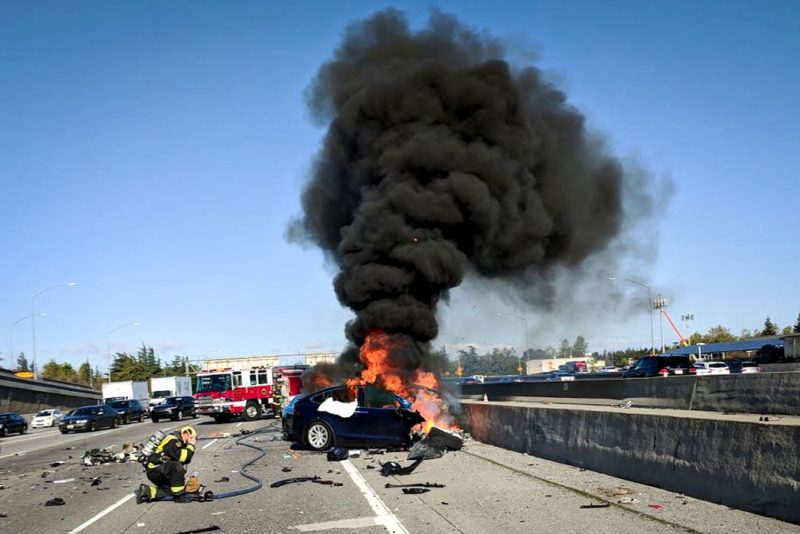In a significant development in the realm of autonomous driving technology, Tesla has recently settled a lawsuit surrounding a fatal crash involving its Autopilot feature that resulted in the loss of an Apple engineer’s life. The incident, which occurred in March 2018, sparked debates and raised concerns about the safety and reliability of self-driving systems in vehicles.
The crash, involving a Tesla Model X on autopilot mode, tragically claimed the life of Walter Huang, an Apple engineer who was commuting to work at the time. The vehicle collided with a highway barrier in Mountain View, California, leading to the untimely demise of Huang and prompting investigations into the circumstances surrounding the accident.
One of the key issues at the heart of the lawsuit was the performance of Tesla’s Autopilot feature and its ability to operate safely in real-world driving conditions. While Autopilot is designed to assist drivers with tasks such as steering, acceleration, and braking, it is not intended to replace human oversight or attention. However, questions have been raised about the system’s limitations and its susceptibility to errors or misinterpretations of the surroundings.
The settlement reached between Tesla and Huang’s family highlights the complex legal and ethical implications of accidents involving autonomous vehicles. It underscores the need for clear regulations, safety protocols, and industry standards to ensure the responsible development and deployment of self-driving technologies.
Tesla, for its part, has made continual advancements in its Autopilot system and actively promotes the benefits of semi-autonomous driving. However, incidents like the one involving Huang serve as sobering reminders of the potential risks and challenges associated with transitioning to a future where vehicles increasingly rely on automation.
Moving forward, it is crucial for automakers, regulators, and other stakeholders to collaborate in establishing comprehensive guidelines and frameworks for the safe integration of autonomous driving features into vehicles. This includes enhancing sensor technologies, refining algorithms, conducting rigorous testing procedures, and providing clear instructions to drivers on the limitations of automated systems.
Ultimately, the case of the Tesla Autopilot crash that claimed the life of Walter Huang underscores the importance of prioritizing safety, transparency, and accountability in the development and deployment of autonomous driving technologies. As we navigate the evolving landscape of self-driving vehicles, it is essential to learn from such tragic incidents and work towards creating a future where innovation and responsibility go hand in hand.
